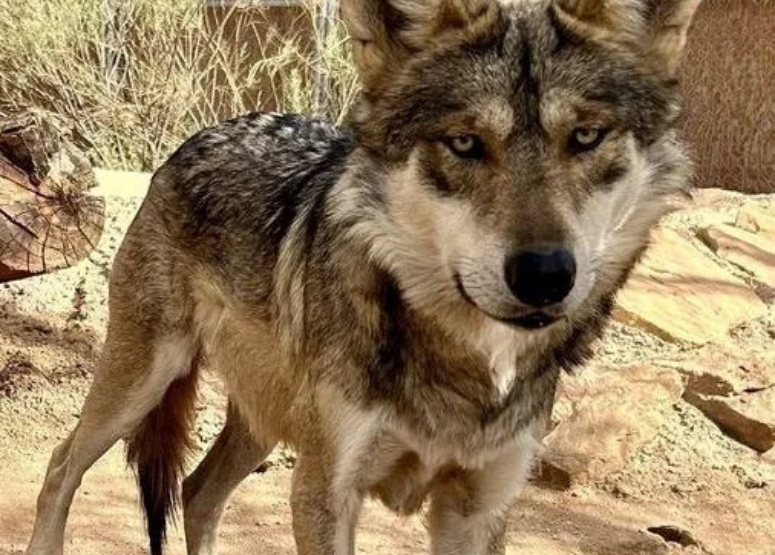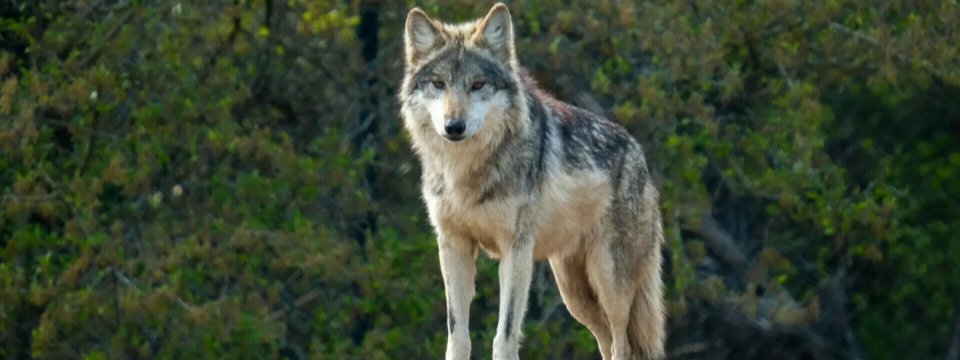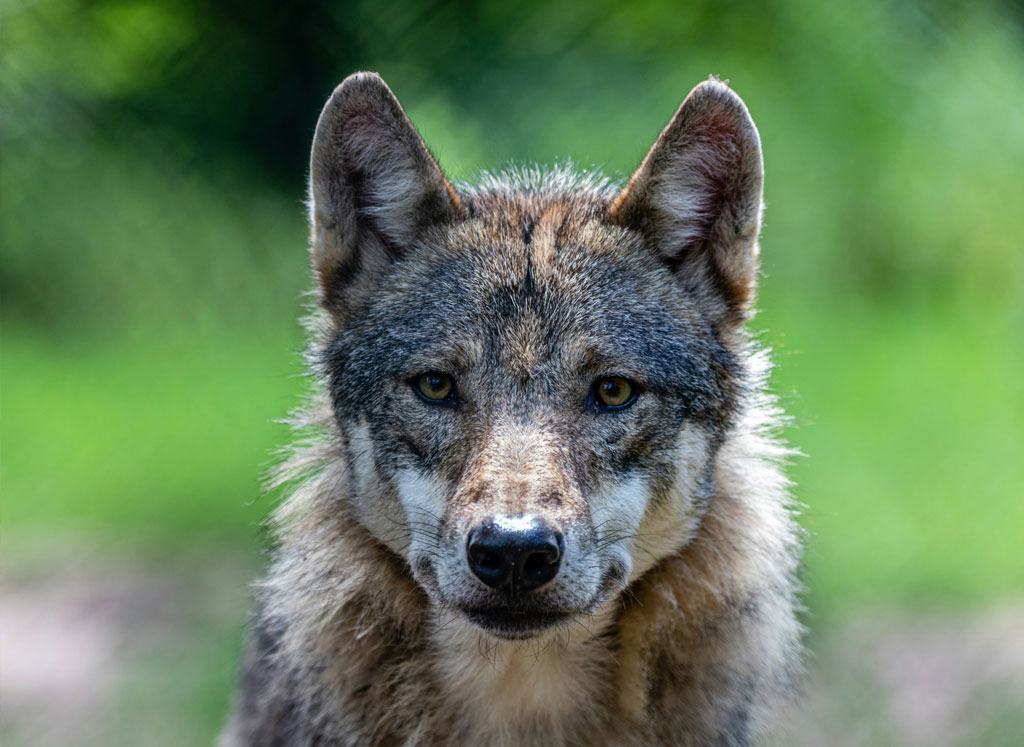
The history of the Mexican gray wolf contains many stories. Some are beautiful; some quite sad.
When they were finally protected by the Endangered Species Act in 1976, no Mexican wolves remained in the United States. Five wolves were trapped in the mountains of Mexico between 1977 and 1980. These were all that survived of a wild population of Mexican wolves once native to our Southwestern United States and Mexico.
Those wolves were referred to as the McBride lineage, after the trapper who captured them. Three of these unrelated McBride wolves were used to begin a captive breeding program managed by the U.S. Fish and Wildlife Service. The Aragon and Ghost Ranch lineages were added later, when four additional wolves, found in captivity, proved to be pure-blooded Mexican wolves. The goal of the program was to reintroduce this rare wolf to its former range. Remarkably, all Mexican wolves alive today are descendants of only 7 wolves, referred to as the “founders.”
Reintroduction to the wild began in 1998, in the designated “Blue Range Wolf Recovery Area,” which covers parts of Eastern Arizona and Western New Mexico. It is estimated that as of December 2020, there were, at a minimum, 186 wild wolves in the United States. This is the consecutive fifth year of growth of that population, and it has doubled in size over that time period.
THE ROLE OF SWCC IN RECOVERY OF AN ENDANGERED SPECIES
The history of the Mexican gray wolf contains many stories. Some are beautiful; some quite sad.
When they were finally protected by the Endangered Species Act in 1976, no Mexican wolves remained in the United States. Five wolves were trapped in the mountains of Mexico between 1977 and 1980. These were all that survived of a wild population of Mexican wolves once native to our Southwestern United States and Mexico.
Those wolves were referred to as the McBride lineage, after the trapper who captured them. Three of these unrelated McBride wolves were used to begin a captive breeding program managed by the U.S. Fish and Wildlife Service. The Aragon and Ghost Ranch lineages were added later, when four additional wolves, found in captivity, proved to be pure-blooded Mexican wolves. The goal of the program was to reintroduce this rare wolf to its former range. Remarkably, all Mexican wolves alive today are descendants of only 7 wolves, referred to as the “founders.”
Reintroduction to the wild began in 1998, in the designated “Blue Range Wolf Recovery Area,” which covers parts of Eastern Arizona and Western New Mexico. It is estimated that as of December 2020, there were, at a minimum, 186 wild wolves in the United States. This is the consecutive fifth year of growth of that population, and it has doubled in size over that time period.





